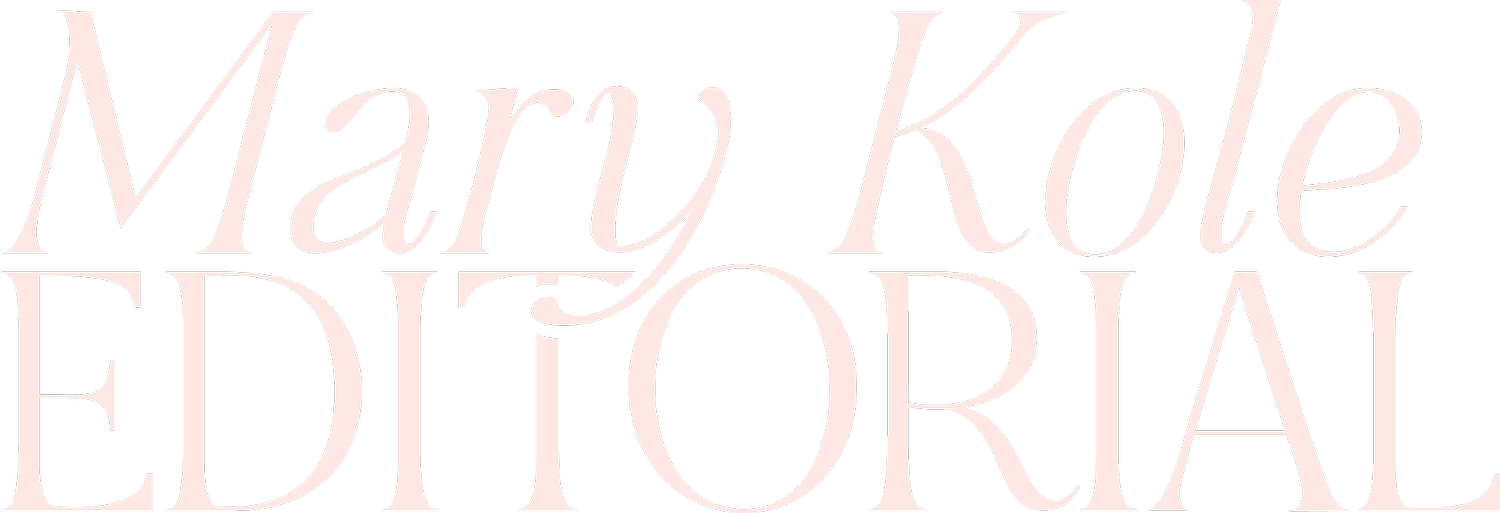Writing a Compelling Novel Synopsis
By Mary Kole
Mary Kole is a former literary agent, freelance editor, writing teacher, author of Writing Irresistible Kidlit, and IP developer for major publishers, with over a decade in the publishing industry.
You've spent countless hours crafting your manuscript, polishing every sentence, artfully designing a character arc, and perfecting every plot point. Now it's time to take the next step in your publishing journey—submitting your work to literary agents and publishers. But before you can do that, you need to create a compelling novel synopsis that will grab their attention and convince them to read your entire manuscript. I'm here to guide you through the intricacies of writing a novel synopsis for submission. In this article, I’ll cover everything from the role of the novel synopsis in submission to the ingredients and best practices for creating one.
What is the Role of a Novel Synopsis in Submission?
Before we dive into how to craft a winning novel synopsis, let's first discuss its role in submission and the slush pile. The novel synopsis serves as a summary of your entire manuscript and should provide an overview of all major plot points, characters, and themes. It's essentially a marketing tool that helps literary agents and publishers decide whether or not they want to invest time reading your full manuscript. While not nearly as important as the manuscript itself, a well-written novel synopsis can help get your foot in the door.
Novel Synopsis Ingredients
The key ingredients of a great novel synopsis include clarity, brevity, and emotional impact. You want to make sure that your summary is easy to understand while still conveying all major plot points. Additionally, keep it short—most literary agents prefer synopses between one and three single-spaced pages long. (Unfortunately, there isn’t an industry standard synopsis length out there. Most literary agents will list their requirements in their submission guidelines, which you should follow to the letter if you want a successful query letter and novel synopsis process.) Finally, make sure that your synopsis packs an emotional punch—show us why we should care about these characters and their journey.
Novel Synopsis Best Practices
When writing your novel synopsis, keep these best practices in mind:
Start with an attention-grabbing hook that will make the reader want to keep reading.
Use present tense and third person point of view.
The first time a character is introduced, format their name in ALL CAPS.
Stick to the major plot points and avoid getting bogged down in minor details.
Focus on your protagonist's journey and their emotional arc.
End with a satisfying conclusion that leaves the reader wanting more.
Remember, a novel synopsis is not a book report—it's a marketing tool designed to sell your manuscript. Keep this in mind as you craft your summary.
Creating a winning novel synopsis can be a daunting or frustrating task, as it’s difficult to boil down a 350-page novel into a short document, but by following these best practices and keeping the key ingredients in mind, you'll be well on your way to creating a compelling marketing tool for your manuscript. Remember, while important, the novel synopsis is not nearly as vital as the manuscript itself. Keep honing your writing skills, revising your manuscript, and building relationships within the publishing industry. With patience, persistence, and hard work, you'll find success in the competitive publishing world.

Ready to expand your writing and publishing knowledge? Covering a wide range of topics for all stages of the writing process, my books will help you navigate the publishing world and refine your craft. The publishing landscape is constantly evolving, and I’m always looking for new and innovative resources to help writers succeed.


